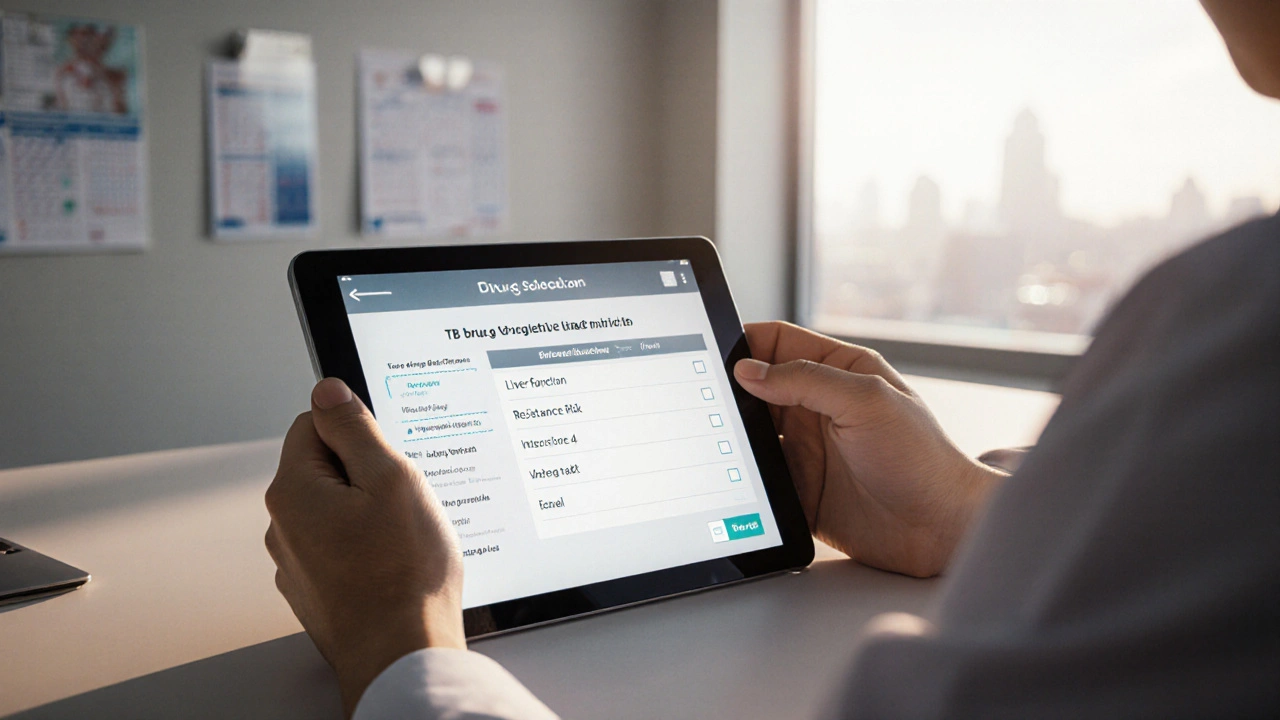Rifampin: Uses, Dosage, Side Effects & Interactions
When talking about Rifampin, a broad‑spectrum antibiotic best known for treating tuberculosis and certain bacterial infections. Also known as rifampicin, it works by stopping bacterial RNA synthesis, which makes it essential in multi‑drug regimens.
Why Rifampin matters in modern medicine
Rifampin is a cornerstone of Tuberculosis, an infectious disease that primarily attacks the lungs and can spread throughout the body if untreated. In a standard TB protocol, Isoniazid, another first‑line anti‑TB drug that targets bacterial cell wall synthesis is paired with rifampin to boost killing power and prevent resistance. Because rifampin sparks the liver to crank out more enzymes, it often changes how other medicines behave—this is why Drug Interactions, the ways one drug can alter the effectiveness or safety of another are a big part of any prescribing decision.
Understanding the right rifampin dosage is crucial. Adults usually start with 600 mg once daily for active TB, but the dose can drop to 300 mg for latent infection or for patients with liver issues. The drug is taken on an empty stomach to improve absorption, and therapy often lasts six months or longer. Common side effects include orange‑red discoloration of tears, urine, and sweat, mild gastrointestinal upset, and occasional liver enzyme elevation. Severe reactions—like hepatitis, allergic rash, or cytopenias—are rare but demand immediate medical attention.
The enzyme‑inducing property of rifampin is a double‑edged sword. Liver Enzyme Induction, the process where certain drugs speed up the activity of cytochrome P450 enzymes in the liver can lower blood levels of many concurrent meds, such as warfarin, oral contraceptives, antiretrovirals, and some antivirals. Clinicians often adjust doses of these drugs or monitor blood levels closely. The flip side is that rifampin can sometimes boost the effect of medications that need activation by the same enzymes, leading to unexpected toxicity. Knowing which drugs fall into each category helps avoid treatment failures or harmful side effects.
Below you’ll find a curated set of articles that dive deeper into rifampin’s clinical role, practical dosing tips, management of side effects, and strategies for handling complex drug‑interaction scenarios. Whether you’re a patient starting therapy, a caregiver looking for clear guidance, or a health professional needing a quick reference, the posts ahead cover the full spectrum of what you need to know about rifampin and its place in modern treatment plans.
Isoniazid vs. Alternative TB Drugs: Benefits, Risks & Best Uses
A detailed comparison of isoniazid with rifampin, ethambutol, pyrazinamide and fluoroquinolones, covering efficacy, side effects, dosing, and best-use scenarios.
© 2025. All rights reserved.

